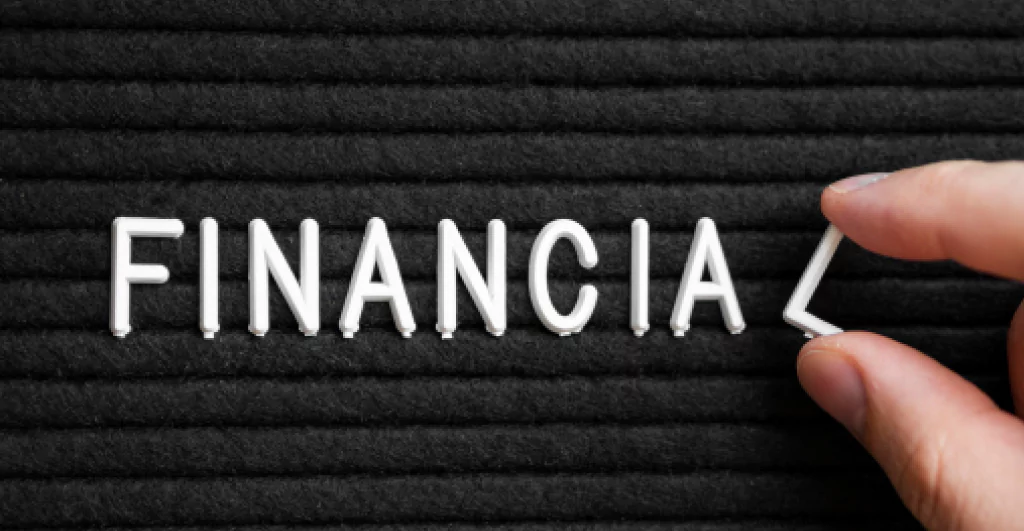Basic Finance Concepts for Beginners

Financial literacy is the first step towards taking control of your money.
It makes you independent and helps you in making more informed decisions about spending, saving and investing.
It’s never too late to start learning about personal loan.
You might have a lot of questions on basic finance concepts like; “How do I make a realistic budget?”, “Where should I invest? What are taxes? How do I plan my finances?
This blog on finance basics for beginners is specifically written to answer all these questions.
Table of Contents
ToggleI) How Do I Make a Realistic Budget Plan?
Planning a good budget starts with tracking all your expenses to understand where your money is going and where you can cut down on your spending.
You can go about this in 5 simple steps:
1. Calculate Your Total Income
Make a list of all your sources of income. It could be through your monthly salary, investment income or money earned through your freelance and side projects.
2. Make a List of all Your Expenses
Rent, groceries, electricity bills, insurance, loan repayments, credit card bills, shopping expenses, Netflix subscriptions – make sure you include everything.
One way to go about this list is to simply check your bank statement to identify all your expenses.
Think this is a lot of work? There are budgeting tools and apps like Zype that will do it for you.
3. Label Your Expenses as Needs And Wants
‘Needs’ are expenses that you cannot do without. This should include expenses like your rent, groceries, loan repayments and utility bills
‘Wants’ include expenses that can be cut down on. These are things like shopping, subscriptions, and outings
4. See How Much Money You’re Saving
The next step of your budget plan is to check how much you’re saving. Subtract your total expenses from your total income to see how much you are already saving every month.
Check where this money is going. Are you adding it to a recurring deposit or investing it in stocks?
After this list is complete, you will have 100% transparency about where your money is going.
5. Adjust Where You Can
Before you tweak your budget ask yourself;
Am I happy with the way I’m managing money? Is there more room for savings? Am I constantly overspending?
This will give you a lot of clarity on where you are supposed to start making changes in your budget.
Also Read: The Dos and Don’ts of Personal Finance Planning
II) Types of Bank Accounts
One of the basic things to know about bank accounts is the purpose served by each type of bank account. This can help you decide where to keep your money.
1. Current Account
Current accounts are usually used for business purposes. They allow users to make endless number of transactions. Hence, it is recommended for business owners and entrepreneurs. The users must maintain a minimum balance in their account. Although, you miss out on the advantage of earning any interest rate in a current account.
2. Savings Account
As the name suggests, a savings account is meant for users to save their money. To open a savings bank account, the user needs to submit their PAN and Aadhaar card. There is no limit to the amount you can save in this account, although there is a chance you have a constraint on the number of transactions. You get an added benefit of interest rate in a savings account.
3. Salary Account
It is a type of Savings account where the employer of the account holder deposits a salary every month. There is no requirement of maintaining a minimum amount in the account and, you can make endless number of transactions here.
Also Read: Salary Loan Online












